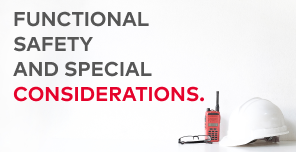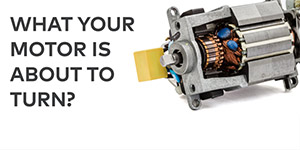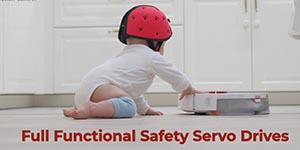
Part 4: How to choose the Ideal Servo Drive for your Machine?
Motion systems today employ functional safety to protect machine operators, equipment, and productivity. Safe Torque Off (STO), for example, is a built-in software function that interrupts the torque-generating signals sent from the drive to the motor without the need to cut power to the drive. STO acts as a safeguard that effectively halts the motion of the system,

Part 3: How to choose the Ideal Servo Drive for your Machine?
As we’ve previously noted, analog drives receive input from controllers as voltage signals that they amplify before sending them to the motor. They can’t communicate with other components within the motion system. Digital drives offer numerous interface options, optimizing performance, cost, and ease of use. An article could be written about these standards in depth but let us focus on some key points.

Part 2: How to choose the Ideal Servo Drive for your Machine?
A servo motor operates with closed-loop feedback. A servo axis can close the control loop around torque, velocity, position, or some combination thereof depending on the application. Drive modes and axis operating modes are determined by the motion required by the application.

Part 1: How to choose the Ideal Servo Drive for your Machine?
Servo motor and stepper motor drives provide significant potential for optimizing motion control systems. Smart drives range from simple “dumb” drives that only translate and amplify controller commands to more sophisticated drives that can act independently as controllers. System designers have a choice of power, voltage, current, form factor, and connectivity. Other, more advanced options include autotuning, troubleshooting capabilities, data recording, and safety functionality.

HOW DO SERVO-DRIVES SIMPLIFY FUNCTIONAL SAFETY?
Machine safety has evolved significantly since the 1990s, with the release of the functional safety standard IEC 61508 in 1998 marking a turning point for machine-builders and end-users. With a standardized safety concept, equipment suppliers and machine builders could instill confidence in their customers that their safety systems had been tested and vetted rigorously, and users no longer had to spend time and resources analyzing the risk of a machine or system failure.
